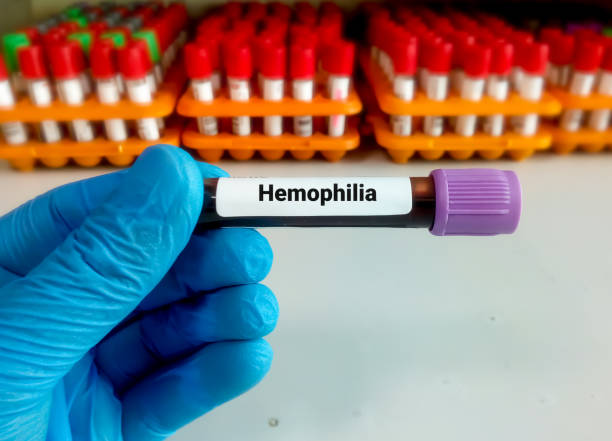
Haemophilia, a rare but significant bleeding disorder, has long been shrouded in mystery and misunderstanding. With its roots in genetics and its manifestations in bleeding tendencies, haemophilia presents unique challenges for those affected and those who care for them. However, advancements in medical science have shed light on this condition, emphasising the critical importance of testing and treatment, particularly through Factor VIII and Factor IX tests.
Understanding Haemophilia
Haemophilia is a genetic disorder characterised by a deficiency or absence of clotting factors in the blood, most commonly Factor VIII (haemophilia A) or Factor IX (haemophilia B). These clotting factors play crucial roles in the blood clotting cascade, which stops bleeding when blood vessels are injured. Without sufficient levels of these factors, individuals with haemophilia experience prolonged bleeding, both externally and internally.
The Significance of Testing
Testing for haemophilia is paramount for several reasons. Firstly, it allows for early diagnosis, enabling individuals and their healthcare providers to manage the condition effectively. Early intervention can prevent or minimise complications associated with untreated bleeding episodes, such as joint damage and organ damage.
Furthermore, testing helps identify the specific type and severity of haemophilia, guiding treatment decisions. Haemophilia can vary in severity, with some individuals experiencing mild symptoms and others facing more severe bleeding episodes. Understanding the severity of the condition is essential for tailoring treatment plans to meet each patient's unique needs.
Role of Factor VIII and Factor IX Tests
Factor VIII and Factor IX tests are cornerstones in the diagnosis and management of haemophilia. These tests measure the levels of these clotting factors in the blood, providing crucial information about the patient's condition.
Factor VIII test: This test measures the level of Factor VIII activity in the blood. Low levels of Factor VIII indicate haemophilia A, the most common type of haemophilia. The results of this test help classify the severity of haemophilia A and guide treatment decisions, such as the dosage of replacement therapy.
Factor IX test: Similar to the Factor VIII test, the Factor IX test measures the level of Factor IX activity in the blood. Low levels of Factor IX indicate haemophilia B. The results of this test assist in determining the severity of haemophilia B and planning appropriate treatment strategies.
Importance of Treatment
Effective treatment is essential for individuals with haemophilia to prevent bleeding episodes and maintain overall health and quality of life. The primary treatment for haemophilia involves replacing the deficient clotting factor through intravenous infusions of clotting factor concentrates.
For individuals with severe haemophilia, prophylactic treatment, where clotting factor concentrates are administered regularly to prevent bleeding episodes, is often recommended. This approach has been shown to significantly reduce the frequency of bleeding episodes and the risk of long-term complications.
In addition to replacement therapy, other treatment modalities, such as desmopressin and gene therapy, may also be considered depending on the individual's specific circumstances.
Conclusion
Haemophilia poses unique challenges, but with advancements in testing and treatment, individuals with this condition can lead fulfilling lives. Factor VIII and Factor IX tests play pivotal roles in diagnosing haemophilia, determining its severity, and guiding treatment decisions. By ensuring early diagnosis and appropriate management, healthcare providers can empower individuals with haemophilia to effectively manage their condition and minimise its impact on their lives.

